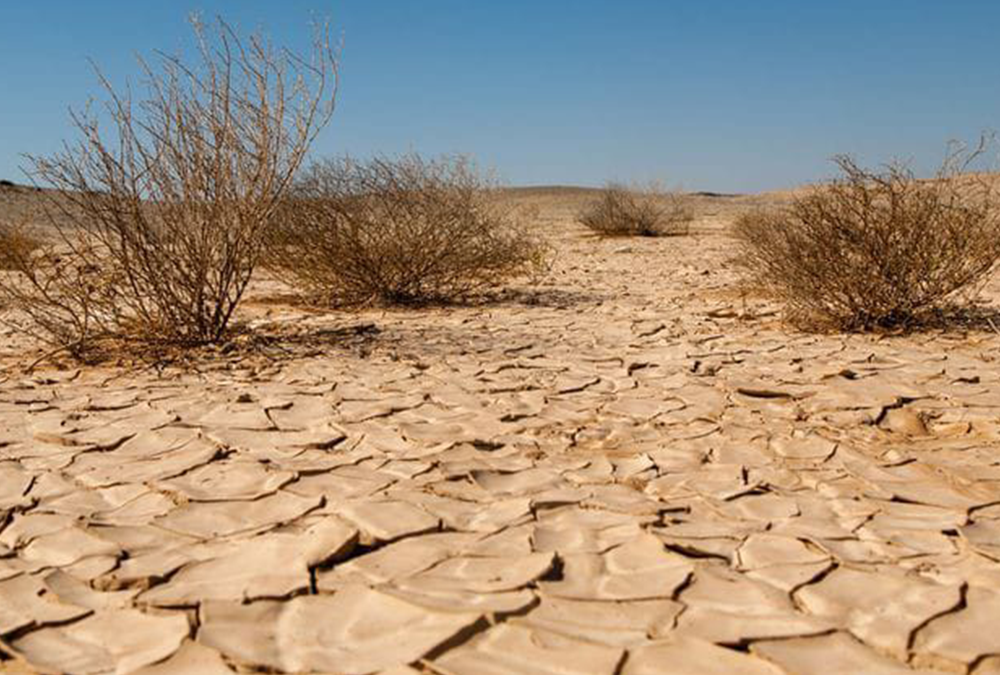
Desertification is land degradation in which agricultural productivity is lost as fertile land becomes arid due to overexploitation of the soil, deforestation, and drought caused by climate change. This often causes food insecurity and increased poverty in the affected areas. Proven countermeasures include soil restoration, reforestation, desert reclamation and managed grazing.
The Sahel suffers increasingly from desertification. The region has a hot, dry climate with low rainfall – only 100-600 mm per year. Droughts are frequent and about 650,000 square kilometres of productive agricultural land has been lost over the past 50 years.
In addition, the Sahara has expanded southwards since 1900 by 250 kilometres over a 6,000 kilometre stretch of land from west to east. The Sahara is subject to a 20,000 climate cycle which oscillates between wet grassland and dry desert. This is caused by the North African climate cycle which alters the path of the North African Monsoon due to changes in the axial tilt of the earth from 22 degrees to 24.5 degrees over a 40,000-year cycle.
A notable phenomenon is this context is the reduction in the size of Lake Chad due to water extraction for irrigation and lower rainfall. The surface area of the lake has shrunk by over 90% since 1987 causing the displacement of millions of people, and the lake is at risk of disappearing altogether.
In 2007 the African Union launched the Great Green Wall (Africa) initiative to plant vegetation along a belt 7,7775 kilometres long and 15 kilometres deep to enhance water retention and counter desertification across the entire width of the continent. The project will involve 22 countries and continue to 2030 at an estimated cost of 8 billion dollars.
The aim of the Great Green Wall project is to restore a total of 100 million hectares of land by 2030. This would capture 250 million tonnes of carbon dioxide, and create 10 million jobs in the process. By 2017 some 36 million hectares had been restored, and as of March 2019 15% of the wall was complete. Senegal, for example, had planted 50,000 acres of trees and over 20,000 jobs had been created in Nigeria alone.